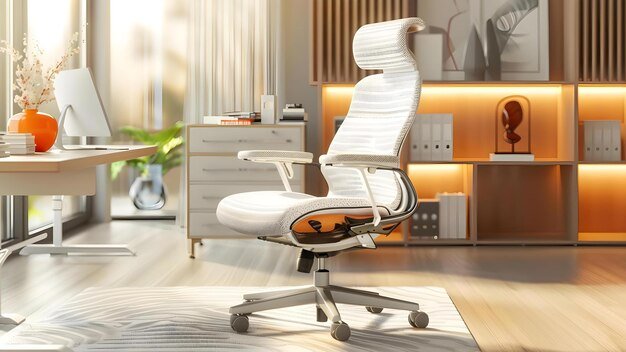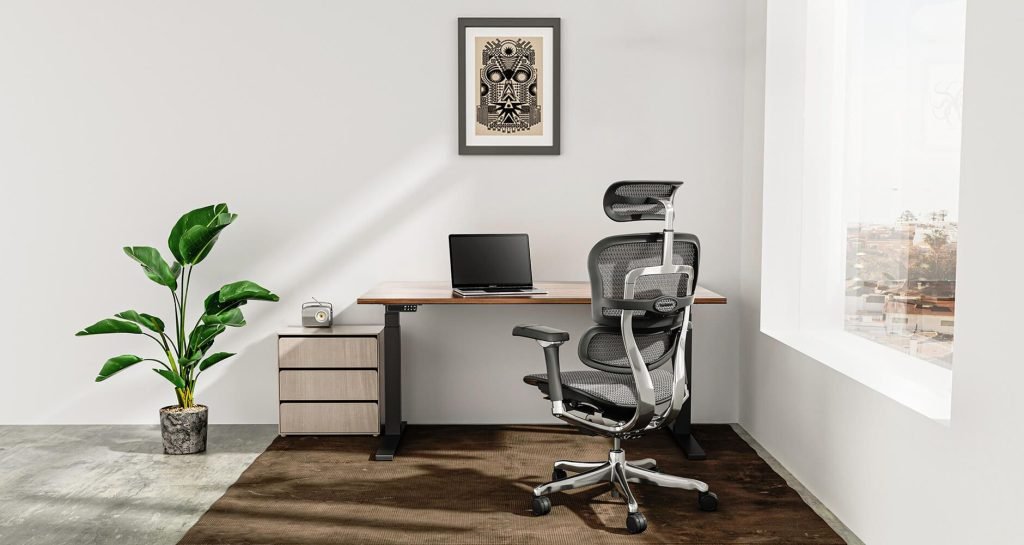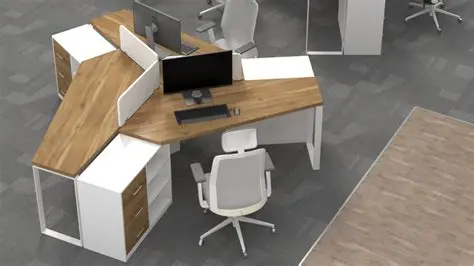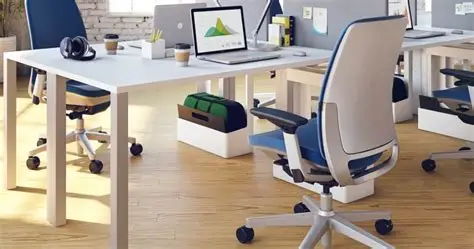
How Ergonomic Office Furniture Boosts Productivity
A comfortable and well-designed workspace directly impacts employee productivity and well-being. Ergonomic office furniture is designed to support the body, reduce strain, and promote better posture, leading to improved focus and efficiency. Understanding how ergonomic furniture works can help create a healthier, more productive office environment.
Promotes Proper Posture
Ergonomic chairs and desks are designed to support natural body alignment. Adjustable seat height, lumbar support, and armrests help maintain proper posture, reducing back and neck strain. Proper posture minimizes fatigue, allowing employees to work longer with less discomfort.
Reduces Physical Strain
Long hours at a poorly designed workstation can cause pain and repetitive strain injuries. Ergonomic furniture reduces pressure on joints, muscles, and the spine. Sit-stand desks, adjustable chairs, and supportive accessories like footrests or monitor stands prevent strain and promote movement throughout the day.
Increases Focus and Efficiency
Comfortable workstations reduce distractions caused by discomfort. Employees can concentrate on tasks rather than adjusting positions or managing pain. Ergonomic furniture supports natural movement and ease of access to work materials, which streamlines workflow and boosts efficiency.
Supports Health and Well-Being
Using ergonomic furniture positively impacts overall health. Reduced musculoskeletal stress, improved circulation, and decreased fatigue contribute to employee well-being. Healthier employees are more engaged, motivated, and productive in their work.
Encourages Active Work Habits
Features like sit-stand desks encourage users to alternate between sitting and standing. This promotes activity, increases energy levels, and reduces the negative effects of prolonged sitting. Active work habits also stimulate creativity and cognitive function, further enhancing productivity.
Customizable and Adaptive Designs
Ergonomic furniture is highly adaptable to individual needs. Adjustable chairs, desks, and accessories allow employees to tailor their workspace to their body type and work style. Customizable setups improve comfort and reduce the risk of injury, ensuring long-term productivity.

Enhances Collaboration and Comfort
Ergonomic layouts in shared workspaces improve accessibility and interaction. Comfortable seating and well-arranged desks encourage collaboration while minimizing physical strain. A well-designed ergonomic office fosters a positive work environment that supports teamwork and productivity.
Conclusion
Ergonomic office furniture is an investment in both employee health and productivity. By promoting proper posture, reducing strain, increasing focus, supporting well-being, encouraging movement, and providing customizable solutions, ergonomic furniture enhances the overall work experience. A thoughtfully designed ergonomic workspace leads to happier, healthier, and more efficient employees.







